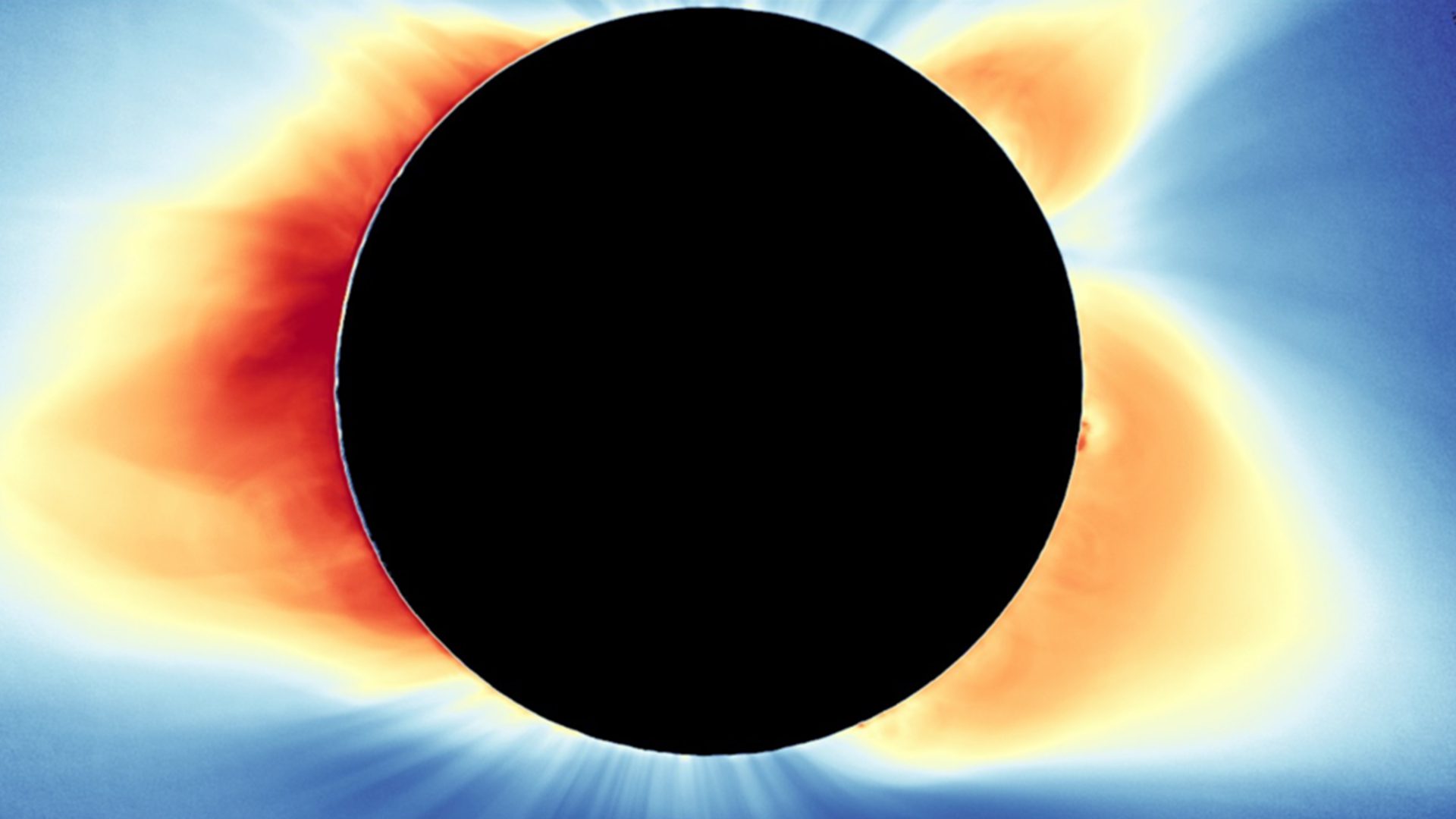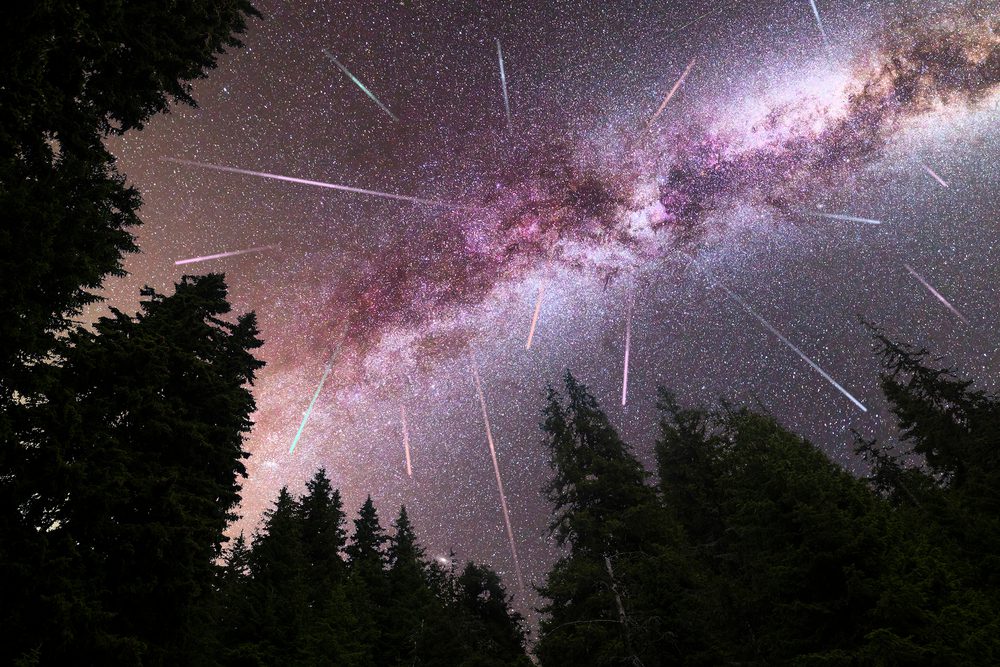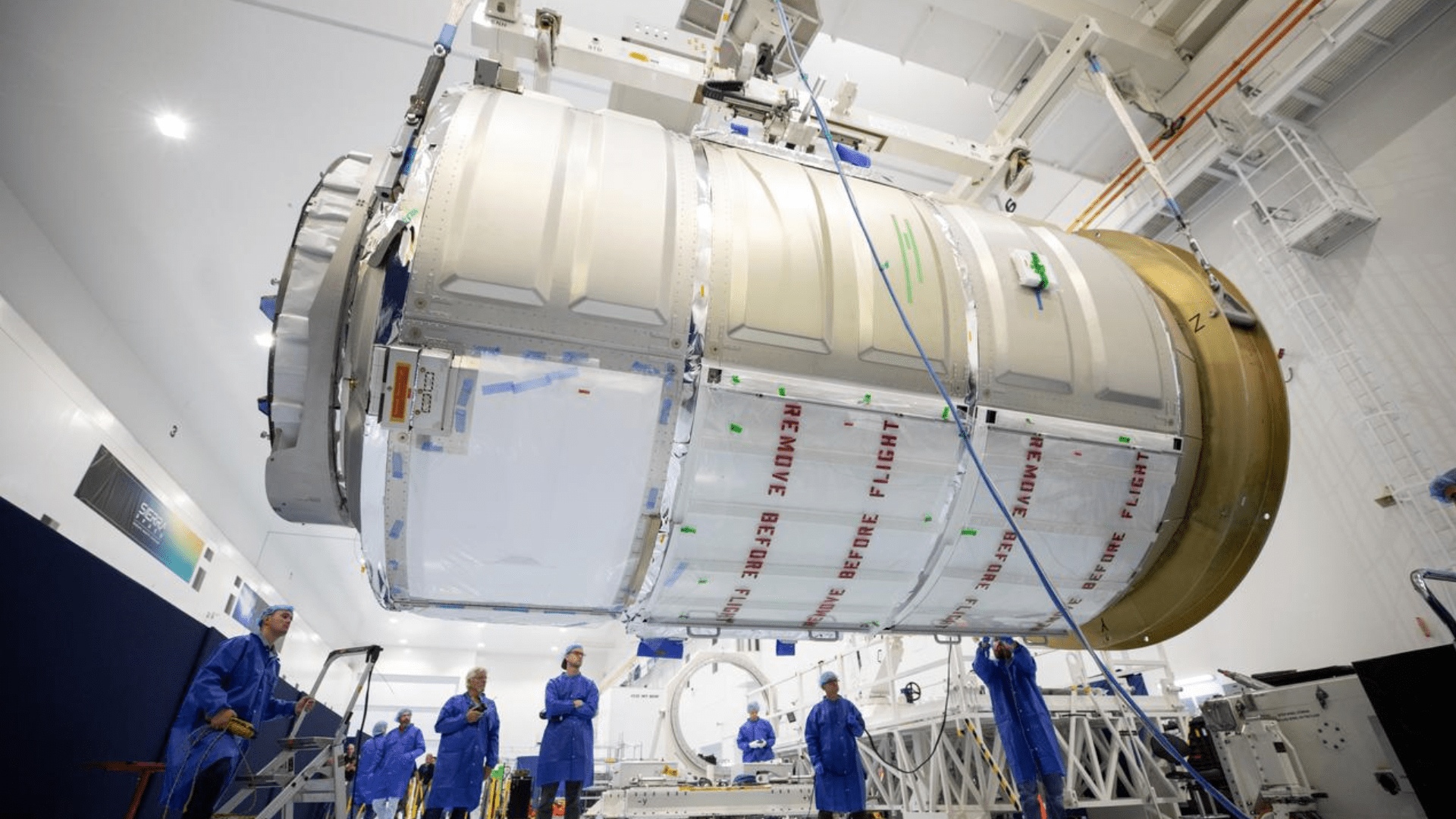Cities nationwide are preparing for the 2024 Total Solar Eclipse on April 8. The eclipse’s current path spans 13 states in the U.S. Hundreds of small towns and big cities are preparing to see the eclipse in totality, which is when the Moon completely blocks the Sun in a solar eclipse.
Here are some of the best spots for the 2024 Total Solar Eclipse totality, including one in the air.
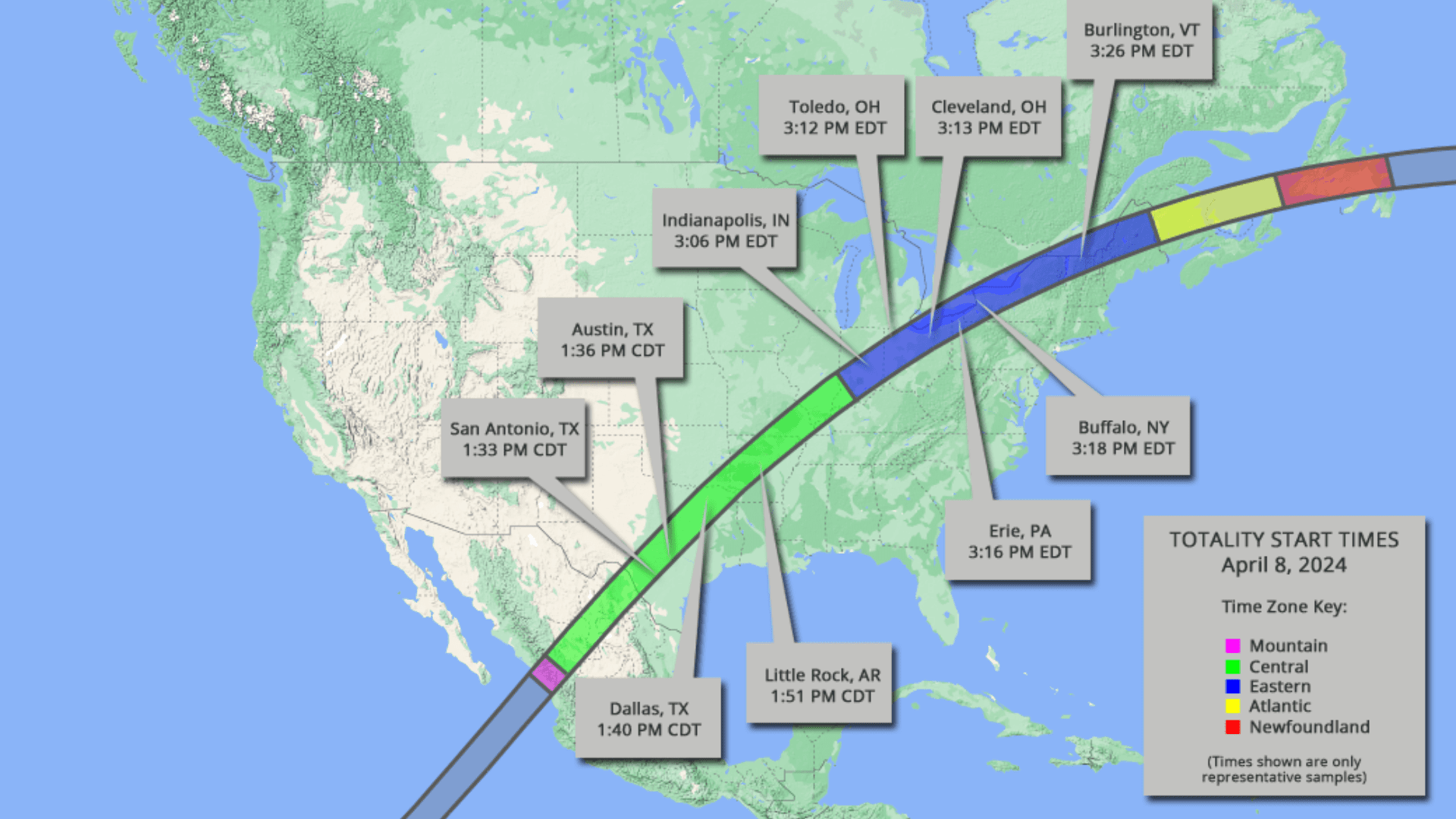
8. Mars Hill, Maine
At the top of the eclipse path in the United States is Maine. Depending on how clear of a day it is, the small town of Mars Hill is the place to be based on its time of totality. In the Northeast town of Maine, right on the border of Canada, people can witness 3 minutes and 12 seconds of totality. It’s one of the last spots in the U.S. where people can see totality. Just 20 miles south in Mars Hill, astronomers expect the eclipse to start at 2:22 pm Eastern Time and a maximum eclipse at 3:33 pm Eastern Time.
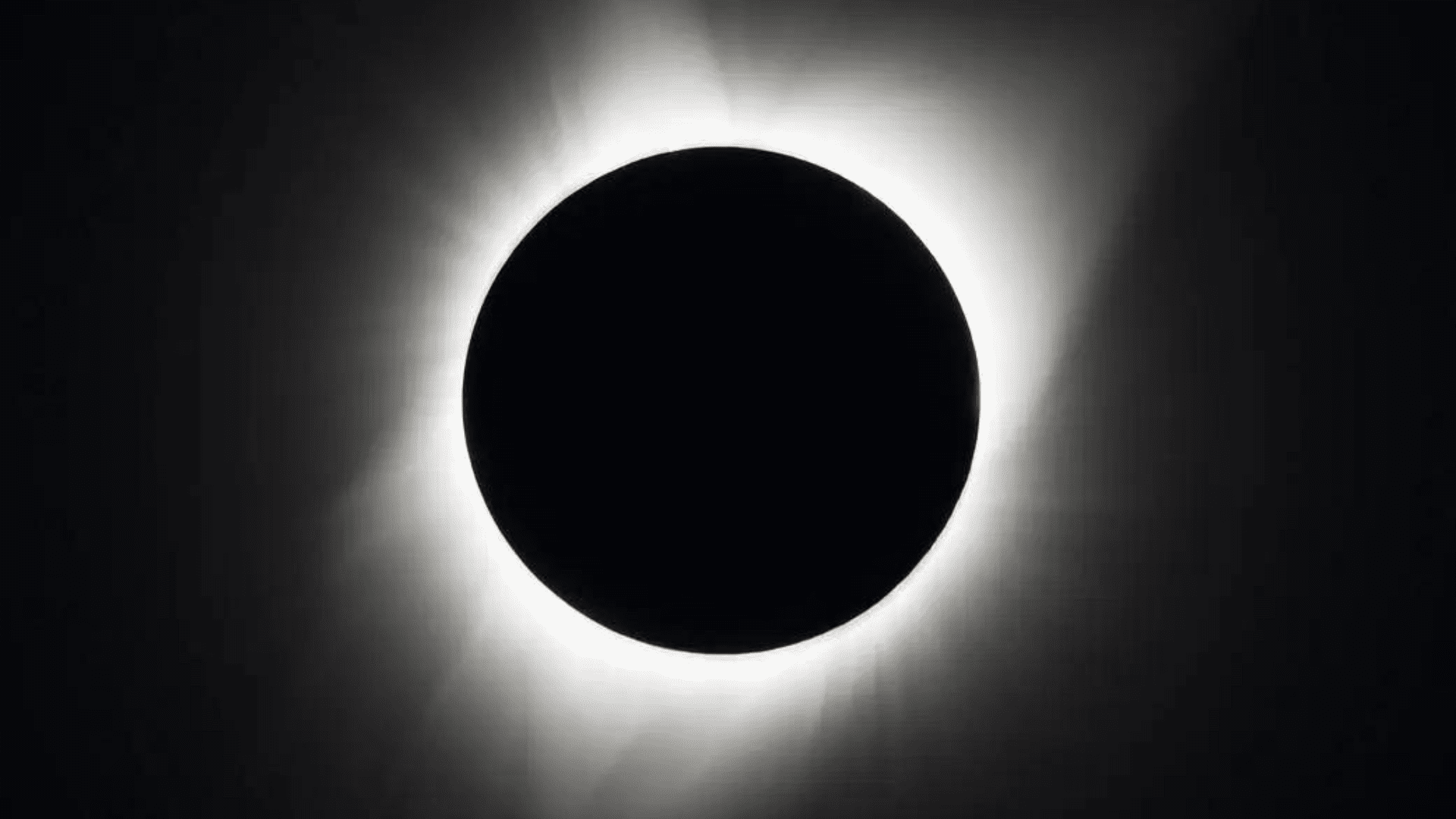
7. Erie, Pennsylvania
Western Pennsylvania will not see much of the eclipse. The best hope is in Northwestern PA in the city of Erie. The waterfront on Lake Erie has the potential to give viewers great scenery for the solar event but not for long. Time of totality clocks in at about 3 minutes and 42 seconds. In Erie, astronomers expect the eclipse to start at 2:02 pm Eastern Time and a maximum eclipse at 3:18 pm Eastern Time.
6. Buffalo, New York
Buffalo is the largest city in New York that can see the eclipse in full. On this list, we are working our way south when considering the time of totality. Buffalo sits in the path but like Maine, New York is one of the last to see the total eclipse. People in Buffalo can expect to see the solar eclipse in totality for 3 minutes and 45 seconds. Astronomers expect the eclipse to start at 2:04 pm Eastern Time and the maximum eclipse at 3:20 pm Eastern Time.
Explore Tomorrow's World from your inbox
Get the latest science, technology, and sustainability content delivered to your inbox.
I understand that by providing my email address, I agree to receive emails from Tomorrow's World Today. I understand that I may opt out of receiving such communications at any time.
5. Niagara Falls, New York
We are staying in the Empire State for this one. Niagara Falls will see less time of totality than Buffalo but it ranks one above it because of how photogenic the scenery is. Combining the Falls and the eclipse, people who are stateside at Niagara Falls are bound to get stunning photos. Niagara Falls can potentially see 3 minutes and 45 seconds. In Niagara Falls, the start time is 2:04 pm Eastern Time and the maximum eclipse is at 3:20 pm Eastern Time.
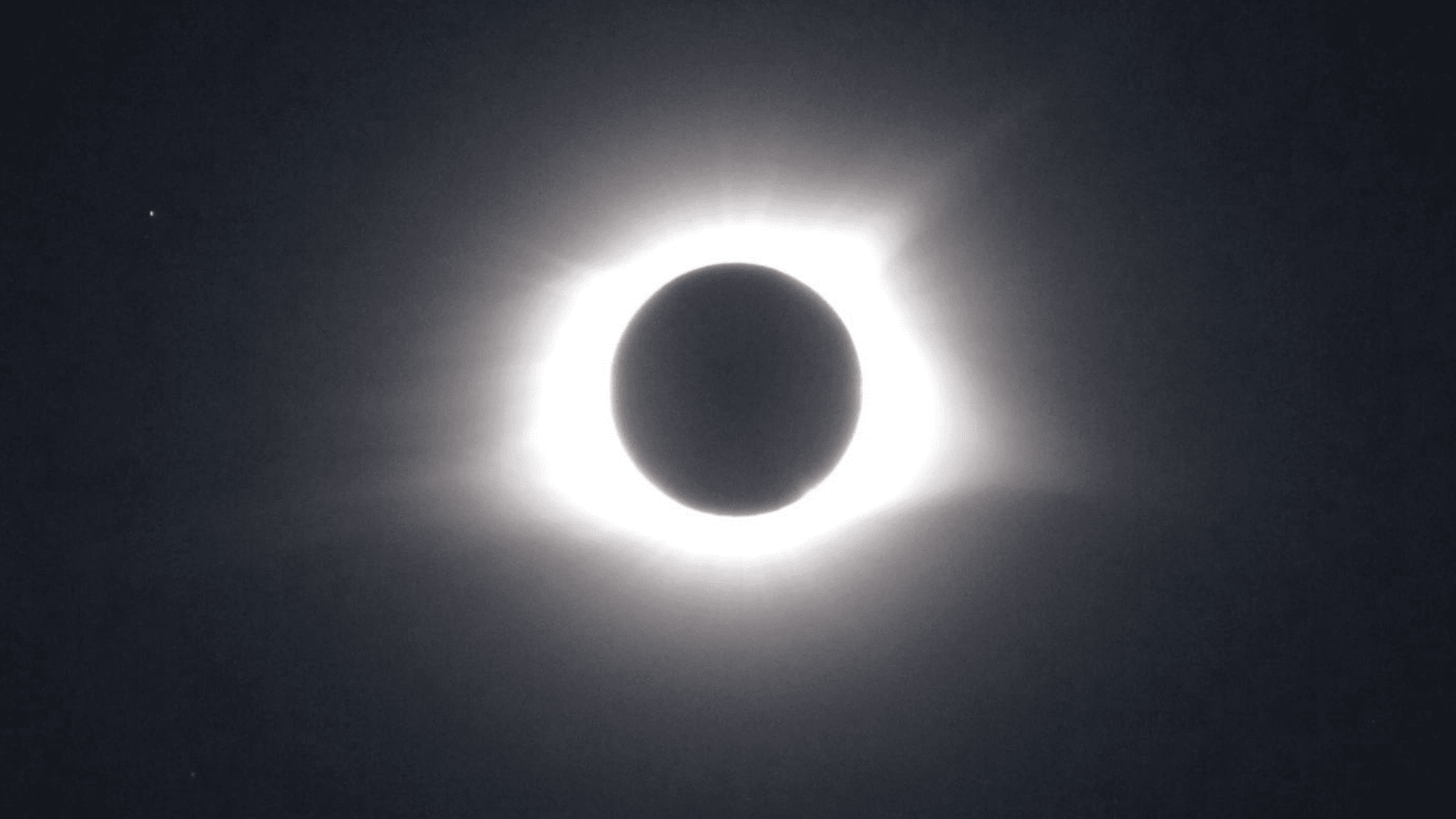
4. Cleveland, Ohio
Home of the Rock and Roll Hall of Fame, Cleveland hosts more than 2 million people in its metropolitan area. As we work our way south of the eclipse’s path, Cleveland is expected to see 3 minutes and 49 seconds of totality. For those in the city, it starts at 1:59 pm Eastern Time and the maximum eclipse is expected at 3:15 pm Eastern Time.
3. Russellville, Arkansas
As we make our way southeast past Indiana and Missouri, two states that will also see a good chunk of the eclipse, we get to Russellville. This small town has a population of about 30,000. In early April, the population may increase a decent bit. Outside of the city is the flat-top mountain Mount Nebo which could make a good viewing area. The time of totality is 4 minutes and 11 seconds. Maximum eclipse is slotted at 1:52 Central Time.
2. Radar Base, Texas
Texas is the best place to view the solar event and there are plenty of places to choose from. Radar Base takes the top spot in the Longhorn State because of its time of totality being almost 5 minutes. People can see the maximum eclipse at 1:29 Central Time for 4 minutes and 27 seconds.
1. Delta Airlines
This one is kind of cheating but it’s out of the ordinary. Delta Airlines is offering a unique view of the eclipse at 30,000 feet. They are now offering two flights. The first is going from Austin, Texas to Detroit. Another flight was just announced going from Dallas to Detroit. It’s a pricier option than the rest but could be a special experience.
April 8 is the last time we will see a solar eclipse until 2044. Make sure you pick your spot, get those protective glasses, and enjoy!



